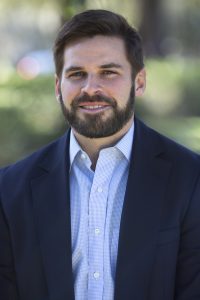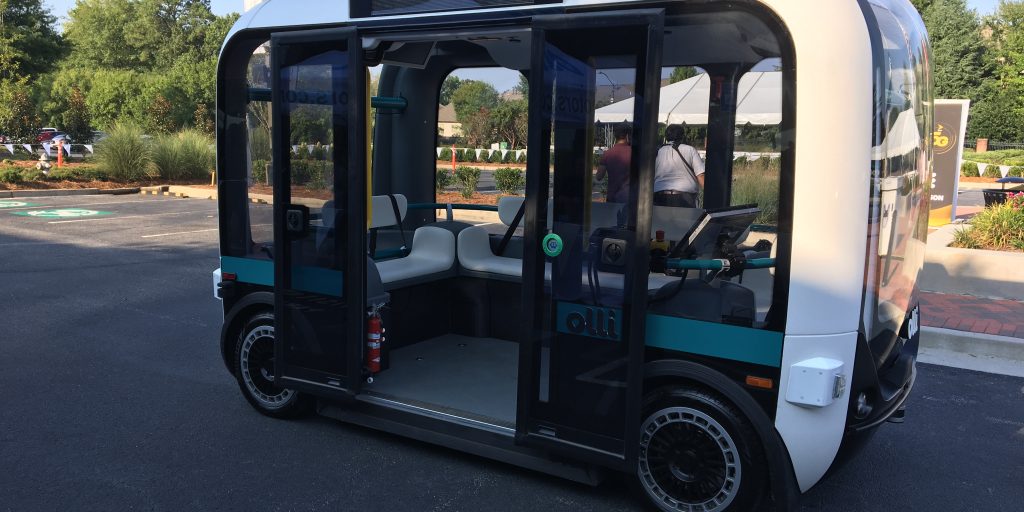Smart cities require smart insurance programs
 The rise in autonomous vehicles has required many cities and counties to examine the impact self-driving vehicles will have on traffic enforcement, insurance, even registration and licensing. This all leads to the issue of how autonomous vehicles and traditional vehicles can share the road — and how municipalities can ensure that their insurance coverage is up to date.
The rise in autonomous vehicles has required many cities and counties to examine the impact self-driving vehicles will have on traffic enforcement, insurance, even registration and licensing. This all leads to the issue of how autonomous vehicles and traditional vehicles can share the road — and how municipalities can ensure that their insurance coverage is up to date.
Believe it or not, autonomous vehicles are already all around us. According to the National Conference of State Legislatures, 29 states have enacted legislation allowing autonomous vehicles. California just approved permits allowing the testing of autonomous light trucks for commercial purposes.
First, let’s define autonomous vehicles. There are six levels of autonomy starting from zero, meaning the vehicle is completely human operated. Level one allows for cruise control. At the far end, is level five, where the vehicles are fully automated with zero human assistance.
Insuring autonomous vehicles while they are being tested among commuter traffic is a concept that’s new in the industry. Traditional and existing policies written for municipalities don’t take into account a city owning and operating this kind of testing facility.
For example, we had to take all of these items into account when we worked with Peachtree Corners, Ga. to create an insurance program for their project, the Curiosity Lab at Peachtree Corners. The Curiosity Lab was a part of a recent Smart City Expo in Atlanta. It’s the first smart city living laboratory of its kind in the U.S.
We collaborated with industry experts and the city’s leadership team to devise a program that anticipated all of the variables at play, including cyber security and the autonomous vehicle exposures.
Proponents claim autonomous vehicles will help lower the rate of auto crashes. But insurers say the connectivity and real time data allow insurance companies and actuaries to set rates based on an individual’s driving record and not a rate based solely on profile.
Ordinarily, historical exposures and loss experience serve as a general guide to structuring a risk management program specific to an industry. Municipalities are no different. Their needs tend to center around property and casualty coverages, with a few key tailored coverage items like public officials and law enforcement liability.
In working with municipalities on this kind of program, it’s vital to address four key challenges:
Challenge #1 Retaining program simplicity
Most agents strive to keep clients with the fewest number of underwriters or carriers to maximize cost efficiency, reduce administrative needs, and reduce the likelihood of coverage gaps or finger-pointing between carriers. Underwriters who consider municipalities typically do not consider the risks associated with autonomous vehicles and technology laboratories. This can be overcome with a manuscript endorsement to coordinate coverage between carriers.
Challenge #2 Public officials’ liability
This is a coverage that is very standard to a municipality. However, coverage must be retained for any public official and their liability arising out of the oversight and involvement with the autonomous vehicle test track. Not unlike directors and officers of public and private companies, public officials can be held liable for wrongful acts in the performance of their duties. In the Peachtree Corners case, the addition of an autonomous vehicle track and living technology laboratory created a unique blend of exposure to this type of loss.
Challenge #3 Cyber liability
Cyber liability has evolved over the course of the past decade. With the IoT (Internet of Things), there are more concerns from an underwriting perspective and more coverage needs from the client’s perspective. Additionally, the potential for data collection and extraction by malicious actors presents another unique challenge for appropriately structuring the cyber coverage.
Challenge #4 Third party bodily injury and property damage
These are two coverages often included with a standard general liability policy. However, an added exposure for our client is third party bodily injury and property damage stemming from a cyber hack of technology. The sensors, vehicles, and various other technology found in autonomous vehicle tracks create access points which could be compromised and potentially lead to accidents. Our program contemplates this exposure and addresses it for our client
The insurance industry is constantly changing as new innovations come into play. Inventions that change how we live and work always lead to questions and concerns about the potential implications – positive and negative — of these new discoveries. In the case of the autonomous vehicle test track, we collaborated with multiple partners to create an insurance program that encompasses the unique nature and innovation of this project. We hope this program is a model for coverage as more autonomous vehicles arrive on our roadways.
Matt Cail is the client adviser for STerling Seacrest Partners, a privately held risk management company.




















